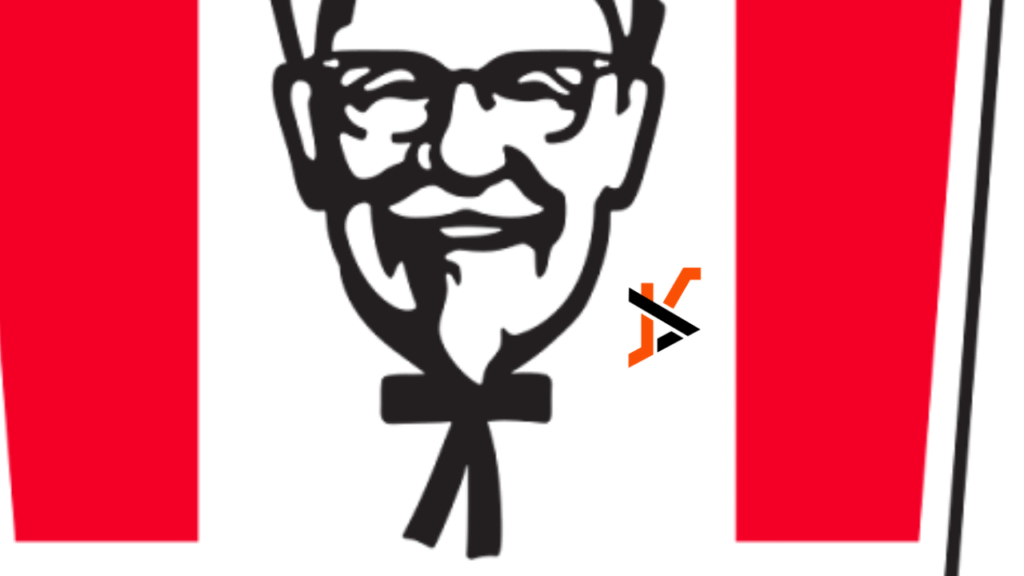This decade the fast-food industry is undergoing a tech-driven transformation, from AI-powered drive-thrus to mobile apps and digital kiosks. But beyond operational efficiency, technology is reshaping how brands connect with customers through visual identity. Iconic logos, like those of KFC, McDonald’s, and Starbucks, play a pivotal role in this digital evolution, blending nostalgia with modern design to capture attention in a crowded market. This article explores how technology is influencing fast-food branding and why logos remain a cornerstone of customer engagement.
The Tech Transformation of Fast-Food Branding
Fast-food chains are leveraging technology to enhance customer experiences, and branding is at the heart of this shift. Yum! Brands, KFC’s parent company, launched the Byte by Yum! platform in February 2025, integrating AI for personalized marketing and operational efficiency. Digital menu boards and self-service kiosks, now in over 1,000 KFC locations, display vibrant, dynamic visuals that demand bold, recognizable logos. These technologies ensure brands remain consistent across physical and digital touchpoints, from apps to social media.
The Role of Logos in a Digital World
Logos are more than just symbols—they’re digital assets optimized for apps, websites, and social platforms. KFC’s logo, with its iconic Colonel Sanders imagery, has evolved to maintain simplicity and scalability for digital interfaces. For instance, the “Saucy” spin-off concept, launched in Orlando in December 2024, uses a modernized KFC logo to appeal to Gen Z on mobile apps and kiosks. Similarly, brands like Burger King and Wendy’s have streamlined their logos for clarity on small screens, ensuring instant recognition in a swipe-driven world.
KFC’s Branding Evolution
KFC’s logo has undergone subtle yet strategic updates to stay relevant. The Colonel’s image, a staple since 1952, balances heritage with modernity, making it ideal for digital menus and the KFC Rewards app, which now boasts over 5 million members. The logo’s clean design ensures it stands out on the new “KFC Original” prototype’s digital displays, contributing to a 41% boost in guest satisfaction. For a deeper dive into KFC’s logo design, check out this detailed resource on KFC’s visual branding.
Other Fast-Food Logos in the Tech Era
McDonald’s: The Golden Arches remain unchanged but are now animated in mobile apps, enhancing engagement.
Starbucks: The siren logo is optimized for augmented reality campaigns, blending physical and digital experiences.
Taco Bell: A minimalist logo redesign in 2024 ensures visibility on AI-driven drive-thru screens.
Challenges and Opportunities
While technology amplifies branding, it also poses challenges. Overly complex logos can pixelate on low-resolution screens, and frequent redesigns risk alienating loyal customers. KFC’s cautious approach—tweaking the Colonel’s look without losing its essence—offers a model for balancing innovation with tradition. As fast-food chains adopt AI and data analytics, logos must evolve to reflect personalized, tech-driven customer journeys.
Conclusion
Technology is redefining fast-food branding, and logos are at the forefront of this shift. By blending timeless design with digital adaptability, brands like KFC are staying relevant in a tech-savvy world. As the industry continues to innovate, logos will remain a critical link between tradition and the future, ensuring brands resonate with customers across every platform.

